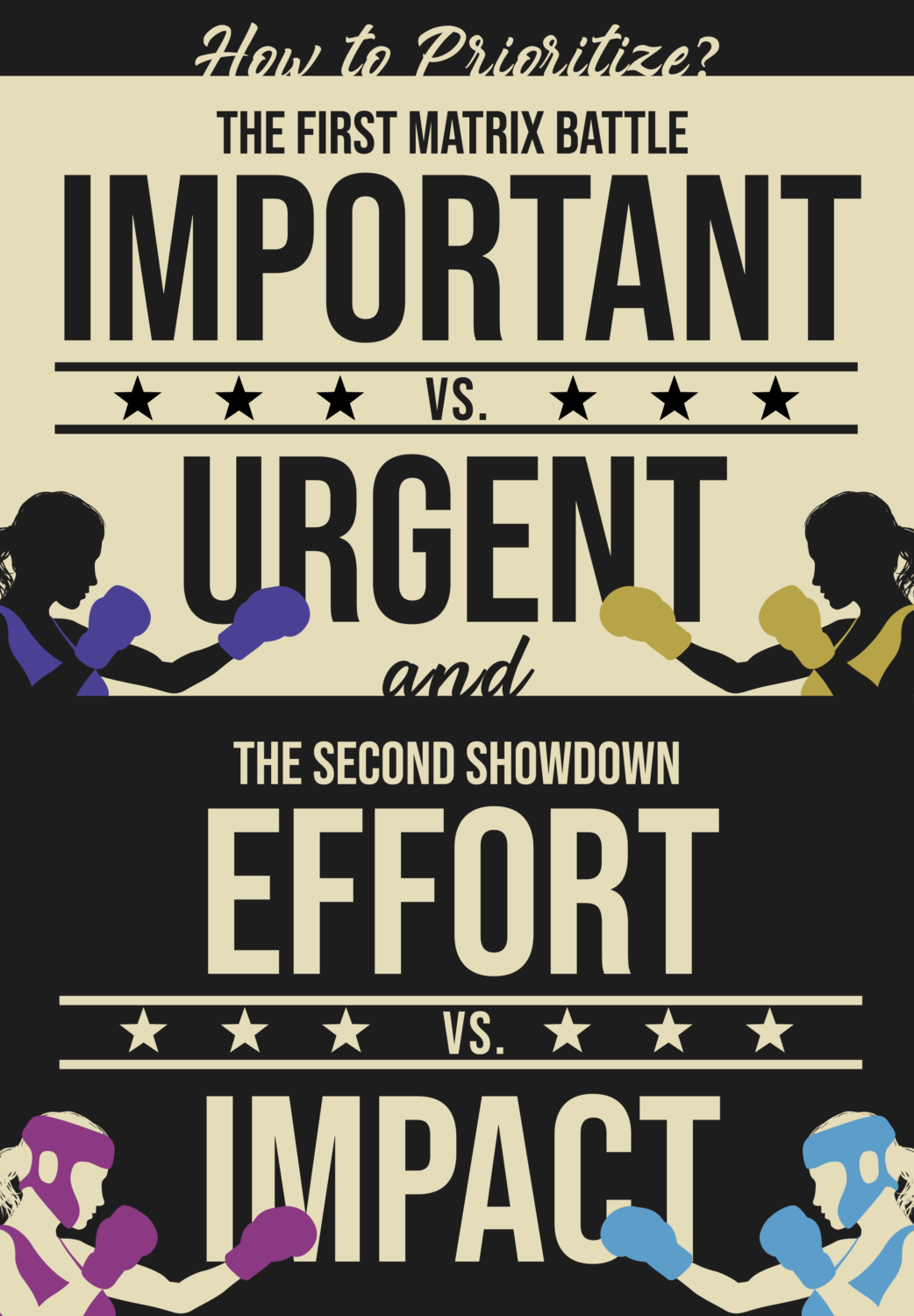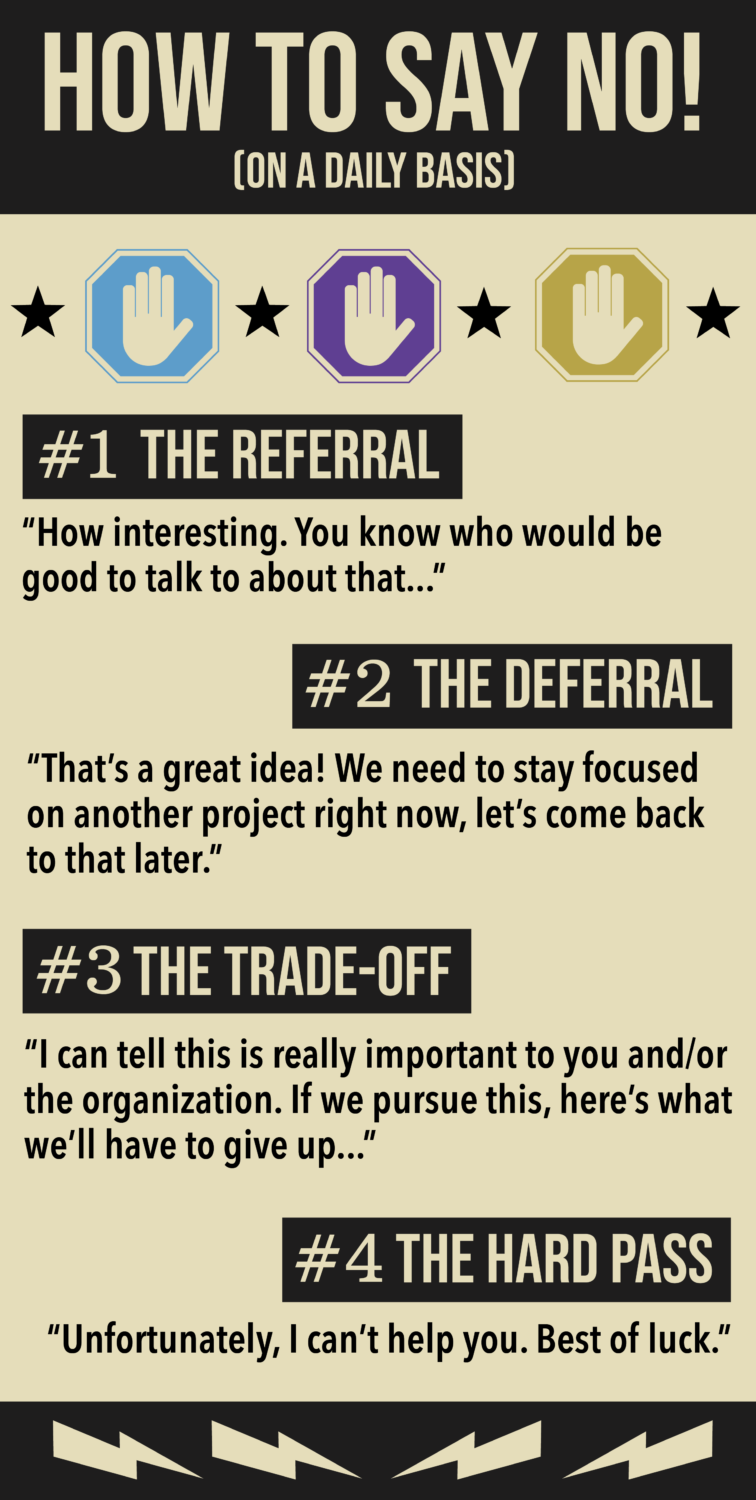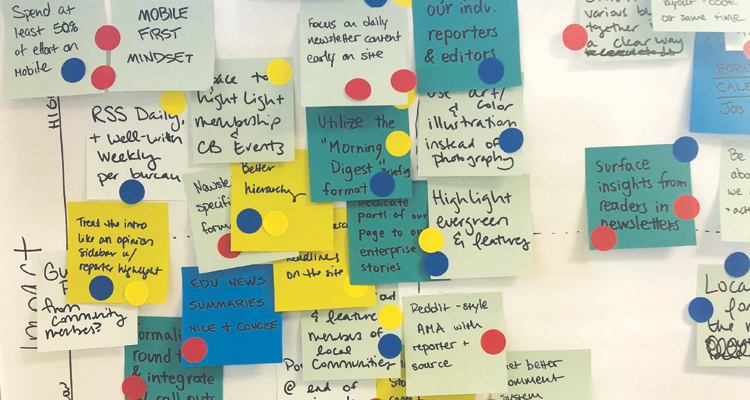Becca Aaronson is the director of product at Chalkbeat, a nonprofit education news organization. She was the first product manager at The Texas Tribune when she graduated from Poynter’s Leadership Academy for Women in Digital Media in 2018.
There are days when I don’t feel good at my job. Then something will remind me of the positive impact I’m having.
As the director of product at Chalkbeat, I’m fortunate to work in a supportive newsroom that is successfully finding ways to sustain local journalism. But when you’re in an untraditional newsroom role like me — product manager, engagement producer, digital editor, any other kind of “bridge role” — part of the job is driving organizational change. No matter what, it’s hard.
More of these roles are emerging as newsrooms recognize the need to change. We need to break down silos to find holistic solutions that sustain our industry.
Product managers are the original silo breakers. The field emerged in tech companies to bridge the divide between marketing and technology teams, and represent the voice of the consumer throughout product development. Ultimately, product managers are responsible for the success of a product, as it’s their job to find balance between audience needs, business objectives and technology constraints to deliver products people love.
In journalism, everything we create is technically a product — individual articles, beat coverage, podcasts, live events, the CMS — and it’s someone’s responsibility to ensure those products are successful. The job of a product manager isn’t to have all the answers; it’s to bring various experts together to find answers as a team and shepherd good ideas to the finish line.
If you’re working to break down newsroom silos and create a more collaborative, innovative culture in your newsroom, here are some tips/lessons I’ve learned as a product manager to help you keep your sanity.
This article originally appeared in an issue of The Cohort, Poynter’s newsletter for women kicking ass in digital media. Join the conversation here.
Own your priorities
When you’re feeling overwhelmed, give yourself permission to prioritize. Really — it’s OK to spend some time planning where to put your energy. As my amazing boss Alison Go likes to say, “Strategy is not just what you’ve chosen to do, but what you’ve chosen not to do.”
There are two common frameworks product managers use to prioritize: Important vs. Urgent and Effort vs. Impact.

If you’re on a team that struggles to find a balance between breaking news and enterprise projects or keeps pushing back larger initiatives to put out small fires, try using an “Important vs. Urgent” matrix to reset your priorities. The matrix is pretty straightforward. If something is urgent and important, do it first. If something is important, but not urgent, schedule time for it. And if something isn’t important, ask: Why are you doing it? If it must be done, delegate the work as much as possible. Otherwise, don’t do it.
When I was at The Texas Tribune, we spent a year on long-term strategic planning. Obviously, we couldn’t do everything at once. So, I created an Important vs. Urgent matrix on a wall, and asked leaders in the organization to place post-its with each idea in the matrix. The exercise allowed us to have difficult conversations and align everyone toward the same vision.
If everything feels important and you’re unsure what not to do (hi, you’re like me!) — it’s time to break out the Effort vs. Impact matrix: How much effort will it take to pursue this idea versus how much impact will it have toward my goals? Low effort, high impact work translates to quick wins. Meanwhile, high effort, low impact work usually isn’t worth doing.
When I came to Chalkbeat, if someone had a question, they posted in the #ask-product Slack channel. Although the product team wasn’t responsible for scheduling social media posts or answering basic IT questions, this was the only channel available for someone to ask for help. In effect, the product team had become responsible for fielding questions about everything.
So I changed the name of the channel #ask-product to #help-me. The effort was incredibly low — it took three seconds to change the name and five minutes to send a message explaining why the change was made. But the impact was high. It distributed the responsibility of helping each other across the entire organization, so that those who could help would feel empowered to do so.
Learn to say no
Once you’ve identified your priorities, you have to say no to things that aren’t a priority. When you’re a people pleaser and high achiever, this is hard.
Here are some of the ways that I say no on a daily basis. Please, use them all:
- The referral: “How interesting. You know who would be good to talk to about that …”
- The deferral: “That’s a great idea! We need to stay focused on another project right now, let’s come back to that later.”
- The trade-off: “I can tell this is really important to you and/or the organization. If we pursue this, here’s what we’ll have to give up …”
- The hard pass: “Unfortunately, I can’t help you. Best of luck.”
It’s just as hard to receive a no as it is to give it. I cushion my no’s by validating the other person’s idea and using empathy to understand where the idea is coming from. By empowering the asker to be part of the solution, you can often help without taking on more work.

Get comfortable with ambiguity
We’ve seen technology companies apply product management frameworks to great success. But they haven’t always gotten it right, hence #fakenews. Those of us in untraditional newsroom roles don’t know exactly what the future will look like. We’re not trying to turn newsrooms into tech companies; we’re trying to do something better by taking the lessons tech companies have developed and applying journalism ethics to find new solutions that sustain our industry and keep communities informed.
When Jessica Morrison became C&EN’s first editorial project manager, there wasn’t a guidebook for her new role, and there wasn’t one nine months later when she became C&EN’s first editorial product manager. “Could I have told you when I started that we would build a product team, a research group and our first newsroom-wide roadmap? No. Can I tell you what we’ll have done or where this role will take me in another 12 months? I can’t, and being OK with that kind of ambiguity is part of building something new.”
Jessica said she learned to deal with the ambiguity by talking about expectations with her manager frequently and empowering the team to iterate on its processes by making experimentation and continuous improvement part of the culture. She also documented milestones to remind herself, and the team, how much they were accomplishing. “When your role is new, it’s easy to fall into the trap of thinking you aren’t accomplishing anything,” she said. (For more tips on how to build a product team, come to Jessica and my ONA session in September.)
Remember to focus on what’s good
Cultural change is scary: Are you asking me to do more work? Are you going to force me to stop doing what I love? Are you asking me to abandon my ethics and everything I learned in J-school about the wall between business interests and editorial?
Breaking down silos and disrupting tradition doesn’t mean throwing out everything. Remind others (and yourself) why you’re in the room — why you value journalism — and how you plan to preserve that work. When you propose changes, anticipate concerns and address them earnestly. Acknowledge when your work has unexpected consequences and learn from it. Celebrate successes, even small ones, with your team on a regular basis.
Like me, many of the product managers in newsrooms today used to be reporters. We’re doing this work because journalism is important to us and we want to support our newsrooms. And for what it’s worth, journalists make amazing product managers. Product thinking is essentially taking all of these core skills that make a great journalist — curiosity, passion, empathy, the need to expose problems and find solutions — and turning it inward on our own work and our news organizations.
For additional insights, inside jokes and ongoing conversations about women in digital media, sign up to receive The Cohort in your inbox every other Tuesday.






